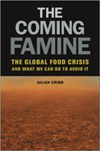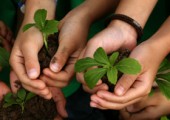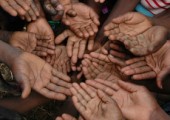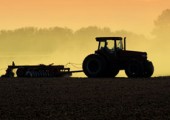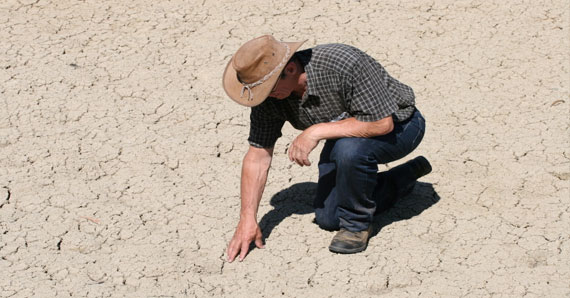
Water-proofing our food supply
Author | Julian Cribb
By 2050, 7-8 billion people will inhabit the world’s cities. They will use about 2800 cubic kilometres of fresh water – more than the whole of irrigation agriculture uses worldwide today.
Desalination may supply some but for most cities, it will be cheaper and simpler to grab the farmer’s water. This is already happening, around the world.
Then there is the slice of farm water that climate change is already stealing, whether it is rainfall over the great grainbowls, evaporation from storages, shrinking rivers and groundwater or the loss of meltwater from mountain regions.
The Himalayan glaciers are disappearing – the only debate is how fast. And the North China Plain is running out of water. These two regions feed 1.7 billion people now and must feed twice that many in future. If they fail, the consequences will affect everyone.
Worldwide, groundwater levels and rivers are dropping as they are pumped dry. Immense waterbodies like Lake Chad are simply vanishing. Australia has emptied its vast Murray-Darling basin.
The world is becoming dotted with dried up Aral Seas, like aquatic tombstones.
IWMI director general Colin Chartres says “Current estimates indicate that we will not have enough water to feed ourselves in 25 years time, by when the current food crisis may turn into a perpetual crisis.” (IWMI)
Julian Cribb is an award winning science writer with over 7000 published articles. He is a Fellow of the Australian Academy of Technological Sciences and Engineering (ATSE) and principal of Julian Cribb & Associates, consultants in science communication.
His book ‘The Coming Famine’ is about the global food crisis.
